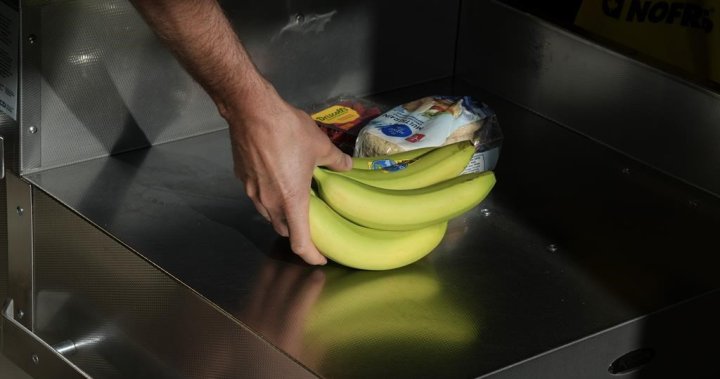The Rising Tide of Retail Theft: A Case Study of Gateway Meat Market
A recent Statistics Canada report highlights a concerning trend: a surge in shoplifting incidents involving amounts of $5,000 or less. This trend is not merely a statistical abstraction; it’s a stark reality for businesses across the country, including Gateway Meat Market in Halifax. Tamara McKay, co-owner of the market, has witnessed firsthand the increasing desperation of individuals resorting to theft as food prices continue to climb. This phenomenon underscores the broader societal impact of inflation, where rising costs push some individuals to the brink, forcing them to make difficult choices, sometimes even illegal ones. While Gateway Meat Market strives to maintain low prices, mitigating the need for such desperate measures, shoplifting remains a persistent challenge that demands proactive solutions.
Security Measures: A Balancing Act
Recognizing the potential impact of shoplifting on their business, Gateway Meat Market’s owners prioritized security from the outset. Upon opening in 2008, they invested in a comprehensive surveillance system, which has now grown to encompass over 50 cameras strategically positioned throughout the store. This investment represents a delicate balancing act: protecting the business from losses while striving to maintain affordability for customers. The owners view robust security measures not as an impediment, but as an essential component of their business model, enabling them to offer competitive prices while safeguarding their bottom line. This proactive approach is crucial, as shoplifting losses can directly translate into higher prices for all customers, exacerbating the very issue that drives some to steal in the first place.
Community Impact and Police Response
The issue of retail theft extends beyond the walls of individual businesses, impacting the wider community. Halifax Regional Police (HRP) have confirmed a similar upswing in retail theft cases in recent years, mirroring the national trend identified by Statistics Canada. In response, HRP has focused on maintaining a visible presence in business districts, a strategy aimed at deterring potential shoplifters and providing reassurance to business owners and shoppers alike. This proactive approach underscores the interconnectedness of community safety and economic stability, as retail theft can not only harm businesses but also erode the sense of security within a community.
The Vicious Cycle of Theft and Affordability
The rise in shoplifting, driven largely by economic hardship, presents a complex challenge for businesses like Gateway Meat Market. While security measures can deter theft and protect profits, they don’t address the root cause: the struggle to afford basic necessities. As prices rise, the temptation to resort to theft becomes stronger for some, creating a vicious cycle where shoplifting, initially a consequence of affordability issues, can further contribute to rising prices as businesses attempt to recoup losses. Breaking this cycle requires a multi-pronged approach: addressing the underlying economic pressures that drive theft while simultaneously implementing effective loss prevention strategies.
Beyond Security: Addressing the Root Causes
The long-term solution to the rising tide of retail theft lies not only in stronger security measures but also in tackling the broader societal issues that contribute to it. This includes addressing income inequality, ensuring access to affordable food and housing, and providing support systems for those struggling to make ends meet. While businesses like Gateway Meat Market can implement strategies to minimize losses, a true and lasting solution requires a comprehensive societal effort. This means investing in social programs, creating economic opportunities, and fostering a community where everyone has access to the basic necessities of life.
A Shared Responsibility: Business, Community, and Government
Addressing the challenge of retail theft is a shared responsibility that requires collaborative efforts from businesses, communities, and governments. Businesses can implement effective security measures, while also exploring initiatives to support their employees and customers facing economic hardship. Communities can work together to provide resources and support networks for those in need. Governments play a crucial role in implementing policies that address income inequality, ensure access to affordable necessities, and fund social programs that help individuals and families thrive. By working together, businesses, communities, and governments can create a more equitable and secure society, where theft becomes less a necessity and more a choice.










